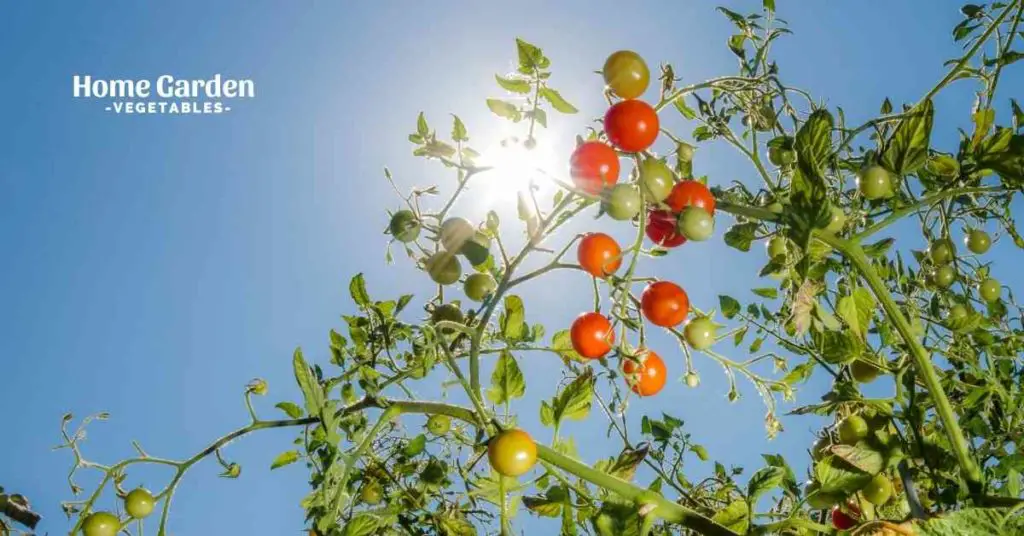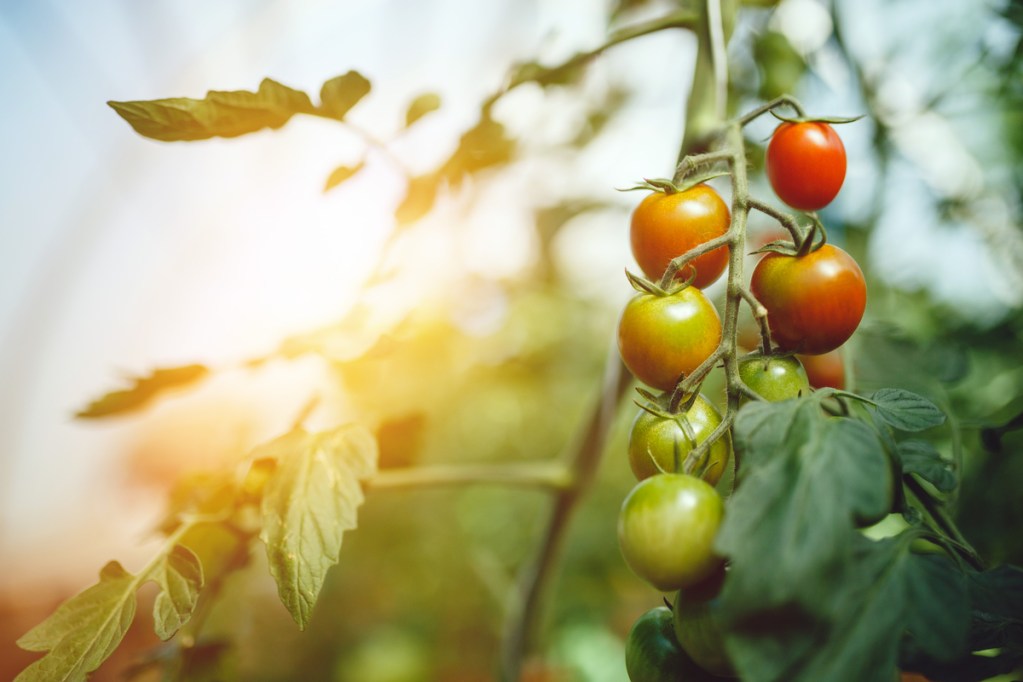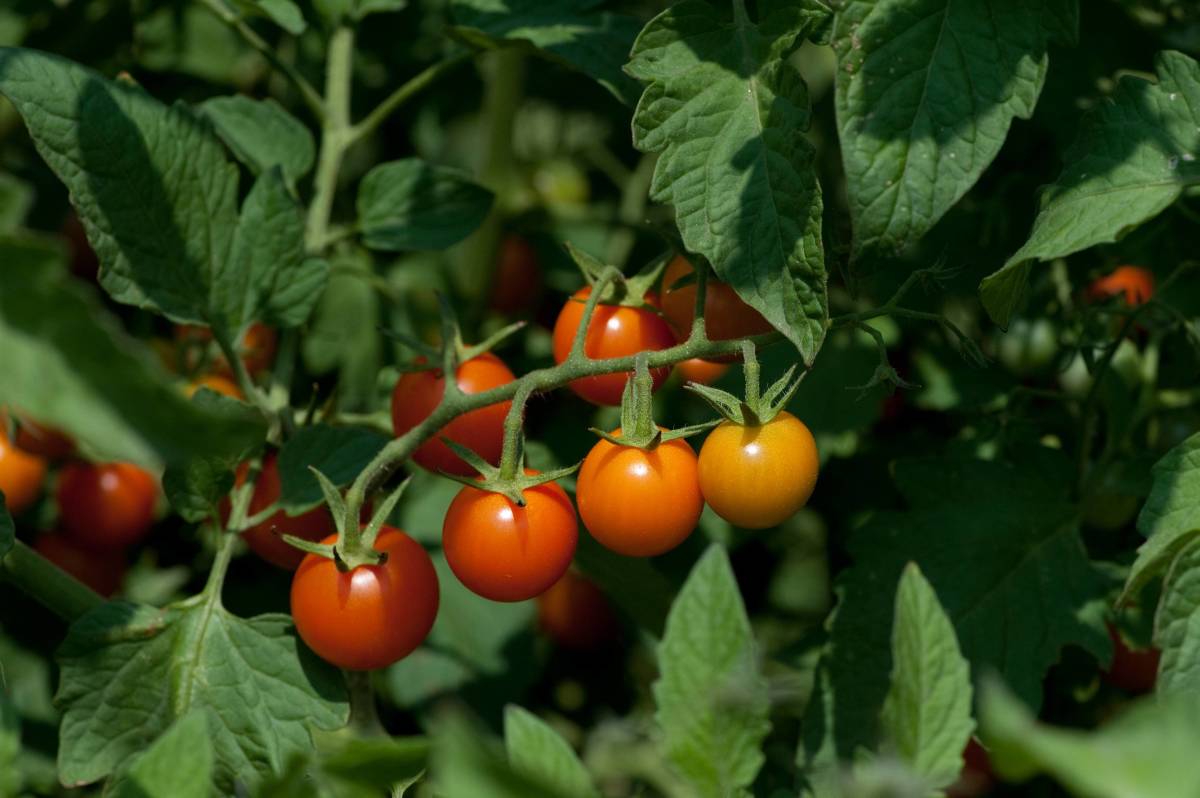Demystifying Tomato Sunlight Needs
Tomato plants are one of the most popular garden vegetables, and their growth is heavily influenced by sunlight. But do tomatoes need full sun to thrive? The answer lies in understanding the optimal sunlight conditions required for healthy growth and fruit production. Sunlight plays a crucial role in photosynthesis, the process by which plants convert light energy into chemical energy. Without sufficient sunlight, tomato plants may struggle to produce fruit, leading to reduced yields and lower quality tomatoes. In this article, we’ll explore the importance of providing optimal sunlight conditions for tomato plants, and what it means for their growth and productivity.
What Constitutes Full Sun for Tomatoes?
When it comes to providing optimal sunlight conditions for tomato plants, understanding what constitutes full sun is crucial. So, do tomatoes need full sun? The answer is yes, but it’s not just a matter of providing any amount of sunlight. Tomato plants require a specific duration and intensity of sunlight to thrive. Generally, full sun for tomatoes means receiving direct sunlight for at least 6 hours a day, with an intensity of around 35,000 to 70,000 lux. However, this can vary depending on the region and climate. In warmer climates, tomato plants may require some shade to prevent scorching, while in cooler climates, they may need more intense sunlight to promote growth. By understanding what full sun means for tomatoes, gardeners can provide the optimal conditions for healthy growth and fruit production.
How to Provide the Right Amount of Sunlight for Your Tomatoes
Providing the right amount of sunlight for tomato plants is crucial for their growth and fruit production. So, how can gardeners ensure their tomatoes receive the necessary sunlight? One key tip is to choose a location that receives direct sunlight for at least 6 hours a day. This can be achieved by selecting a spot that is not shaded by trees, buildings, or other obstacles. Additionally, gardeners can use pruning techniques to remove any foliage that may be blocking sunlight from reaching the fruit. In regions with intense sunlight, using shading techniques such as providing shade cloth or row covers can help prevent scorching. Furthermore, planting tomatoes in a location with good air circulation can also help promote healthy growth and fruit production. By following these practical tips, gardeners can provide their tomatoes with the optimal amount of sunlight, leading to a bountiful harvest of juicy and flavorful tomatoes. Remember, do tomatoes need full sun? The answer is yes, but with some careful planning and attention to detail, gardeners can ensure their tomatoes receive the right amount of sunlight to thrive.
The Consequences of Insufficient Sunlight on Tomato Plants
While providing optimal sunlight conditions is crucial for tomato plants, inadequate sunlight can have devastating consequences. Tomato plants that do not receive sufficient sunlight may experience reduced fruit production, leading to a lower yield and smaller fruit. Additionally, insufficient sunlight can weaken the immune system of tomato plants, making them more susceptible to disease. This can lead to a range of problems, including fungal infections, bacterial spot, and powdery mildew. Furthermore, inadequate sunlight can also affect the flavor and texture of tomatoes, resulting in a less juicy and flavorful harvest. In extreme cases, a lack of sunlight can even cause tomato plants to become leggy and weak, making them more prone to damage from wind and rain. By understanding the consequences of insufficient sunlight, gardeners can appreciate the importance of providing optimal sunlight conditions for their tomato plants. Remember, do tomatoes need full sun? The answer is yes, and failing to provide it can have serious repercussions for the health and productivity of tomato plants.
Can Tomatoes Thrive in Partial Shade?
While tomatoes generally require full sun to produce a bountiful harvest, some gardeners may wonder if they can still thrive in partial shade. The answer is yes, but with some caveats. Tomatoes can grow in partial shade, but they may not produce as much fruit, and the fruit may not be as flavorful. However, in regions with intense sunlight, partial shade can actually be beneficial in preventing scorching and reducing the risk of heat stress. To make partial shade work for tomatoes, gardeners can take a few precautions. For example, they can choose varieties that are more tolerant of shade, such as cherry tomatoes or patio tomatoes. They can also provide additional support, such as trellises or cages, to help the plants grow upwards and maximize their exposure to available sunlight. Additionally, gardeners can use reflective mulch or other techniques to reflect sunlight onto the plants and increase their exposure. While partial shade is not ideal for tomatoes, it is possible to make it work with careful planning and attention to detail. Remember, do tomatoes need full sun? While the answer is yes, there are ways to adapt to partial shade and still enjoy a successful harvest.
Factors to Consider When Choosing a Sunny Spot for Your Tomatoes
When selecting a sunny location for tomato plants, several factors come into play. Soil quality is a critical consideration, as tomatoes require well-draining, fertile soil to thrive. A spot with poor soil quality can lead to weak and spindly plants, reducing fruit production and overall plant health. Air circulation is another essential factor, as good airflow helps prevent disease and promotes healthy growth. Proximity to water sources is also important, as tomatoes need consistent moisture to produce a bountiful harvest. Additionally, gardeners should consider the orientation of the spot, ensuring that the plants receive direct sunlight for at least six hours a day. Do tomatoes need full sun? Yes, they do, and choosing a spot that meets these criteria can make all the difference in the success of the crop. By carefully evaluating these factors, gardeners can create an ideal environment for their tomato plants to flourish.
Tomato Varieties and Their Sunlight Requirements
Different tomato varieties have unique sunlight requirements, and understanding these needs can help gardeners optimize their growing conditions. Cherry tomatoes, for example, are more tolerant of partial shade and can thrive in areas receiving as little as four hours of direct sunlight per day. Beefsteak tomatoes, on the other hand, require full sun to produce their signature large fruit, and need at least six hours of direct sunlight daily. Roma tomatoes, also known as plum tomatoes, fall somewhere in between, requiring around five hours of direct sunlight per day. While do tomatoes need full sun? The answer is yes, but the specific requirements vary depending on the variety. By choosing a variety that matches the available sunlight in their garden, gardeners can ensure optimal growth and fruit production. Additionally, providing the right amount of sunlight can also impact the flavor and texture of the tomatoes, with full sun often resulting in sweeter and more complex flavors.
Monitoring and Adjusting Sunlight Conditions for Optimal Tomato Growth
Regularly monitoring sunlight conditions is crucial to ensure optimal tomato growth and fruit production. As the seasons change, sunlight patterns can shift, and tomato plants may require adjustments to their placement or pruning to maximize their exposure to direct sunlight. Gardeners should regularly assess their tomato plants’ sunlight needs, taking into account factors such as the time of day, season, and weather patterns. By doing so, they can identify areas where adjustments can be made to provide the necessary sunlight for their tomatoes. For example, if a tomato plant is not receiving enough direct sunlight, it may be necessary to prune nearby plants or adjust the plant’s location to ensure it receives the recommended six hours of direct sunlight per day. Do tomatoes need full sun? Yes, they do, and regular monitoring and adjustments can help ensure they receive the necessary sunlight to thrive. By staying vigilant and making adjustments as needed, gardeners can optimize their tomato plants’ growth and enjoy a bountiful harvest of juicy, flavorful tomatoes.








:max_bytes(150000):strip_icc()/growing-tomatoes-1403296-01-e87fc6443b55423890448cabb12efeba.jpg)